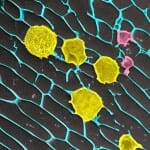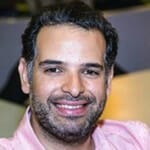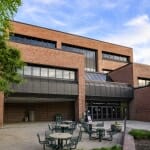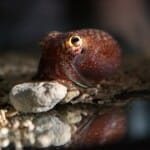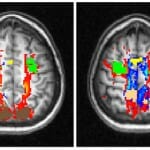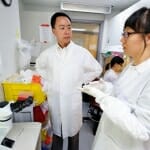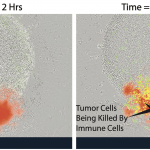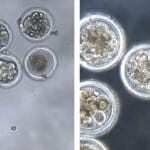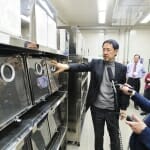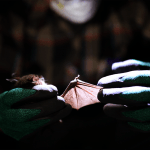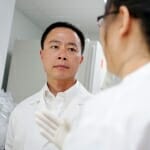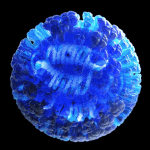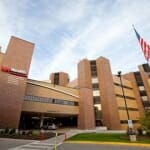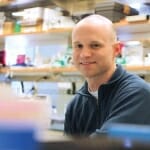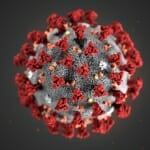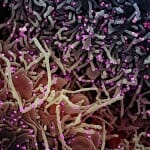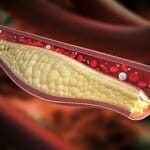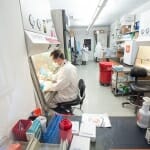Tag Animal research
Gel loaded with cancer-fighting cells keeps tumors in check after surgery in mice
The proof-of-concept experiments demonstrate that these gels could help battle cancer at a critical moment: when a tumor has been removed but malignant cells continue to lurk after surgery, ready to grow back.
Disrupted biochemical pathway in the brain linked to bipolar disorder
The results offer a foundation for research into treating the often-overlooked cognitive impairments of bipolar disorder, such as memory loss, and add to a growing understanding of how the biochemistry of the brain affects health and disease.

